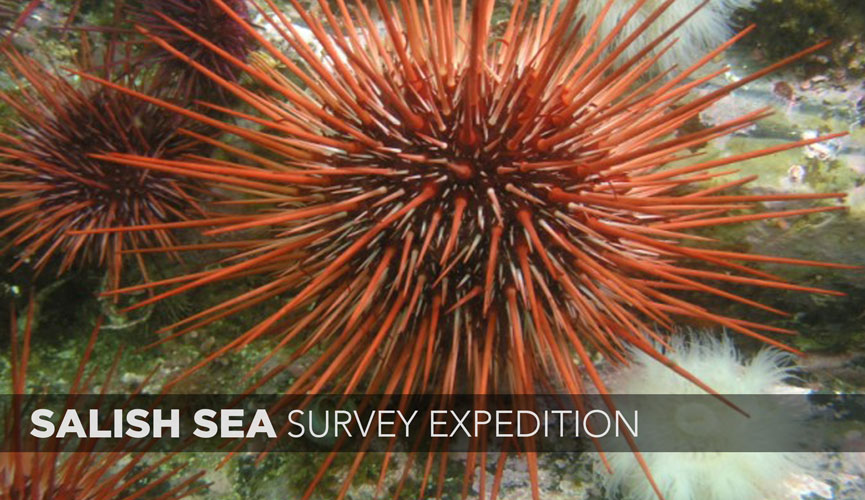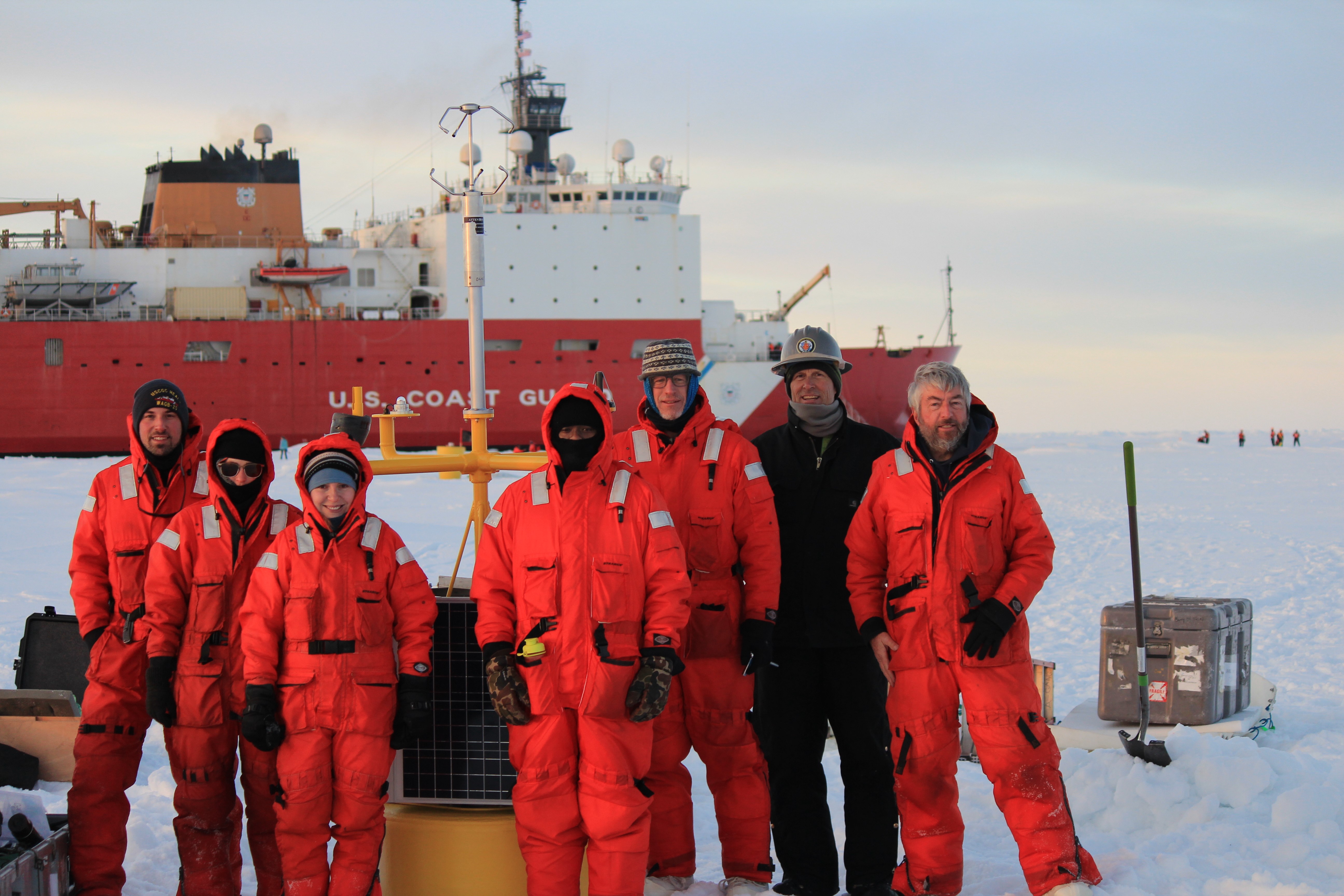The MLML Storm Tracker page provides real-time hourly rainfall totals (inches) and wind speed (mph).
Also, be sure to check out our MLML real-time weather page for current and recent data from our weather station located down at the shorelab.
The MLML Storm Tracker page provides real-time hourly rainfall totals (inches) and wind speed (mph).
Monday, December 3rd, 2018 at 10am
MLML Seminar Room
Since graduating from CSU Monterey Bay in 2010 with a B.S. in Marine and Coastal Ecology, Alex has worked as a research diver (UCSC, UCSB), fisheries observer (NOAA) and charter boat captain. As a graduate student in the Chemical Oceanography Lab under Kenneth Coale (now Max Grand), his interests center on mechanisms potentially responsible for the transfer of mono-methylmercury in the surface ocean to coastal marine fog. Specifically, he is studying the thin (100 microns) skin layer of the sea surface, building and tuning equipment to collect and eventually analyze material from this layer in the coastal zone. As a student assistant he worked with MLML's Marine Operations Facility, helping maintain the lab's fleet of small research vessels. Alex also assisted in coastal air-sea interaction studies with the Naval Postgraduate School's (NPS) Meteorology Department, first as a MLML student and currently as an employee.
Thesis Abstract:
Neurotoxic monomethylmercury (MMHg) found in coastal Central California marine advective fog is thought to be a source of elevated MMHg levels throughout the terrestrial coastal foodweb. While not currently present at hazardous concentrations for human exposure directly (17-54 pM), MMHg in fog along the coast poses potential health and ecosystem threats via food-web bioaccumulation and biomagnification processes. The likely marine source and the mechanism of its transport remain unknown. While 2014 vertical profiles from coastal California show surface waters (<6 m) relatively deplete in MMHg (25-185 fM), similar to other ocean basin , surface grab sampling revealed elevated concentrations of MMHg in the uppermost (top ~100mm) portion of the water column known as the surface microlayer (SML). When corrected for dilution during sampling, this could represent a SML concentration of MMHg as high as 1.3 nM, orders of magnitude greater than the localized seawater and fog water; as well as the first such known measurements. Further refined sampling in 2015 of nearshore and offshore waters of California and Oregon supported 2014 findings, with underlying bulk water and SML concentrations from 16 - 380 fM and 4 – 48 fM respectively (Enrichment factors (EF) of 2.5 – 30) These are the first such measurements of MMHg in the SML to our knowledge. SML concentrations were highly variable, likely due to the variable and patchy nature of the SML and its constituents. This may also account for little variability among different surface areas of glass sampling methods. While not statistically significant, these EFs trend with certain oceanographic conditions (temperature, solar radiation, and fluorescence [Chl-a proxy]) suggesting photodegradation and or photodemethylation as major factors affecting enrichment. Although limited, bubble induced SML sea spray aerosol (SSA) production, and thus the ejection of MMHg into the atmosphere as fog nuclei, was also shown to be a potential contributing mechanism to MMHg in fog. Incubation experiments of acidified bulk seawater points to acidolysis of gaseous Dimethylmercury (DMHg) into MMHg as the major pathway of MMHg into regional marine advective fog. Continued comprehensive monitoring via California coastal fog sampling sites (FogNet) and coastal marine features and processes are needed to establish and discern changes in spatio-temporal patterns of the MMHg marine-terrestrial flux.
Maxime Grand, MLML's Chemical Oceanographer, to speak in UC Santa Cruz's Ocean Sciences Seminar Series on Friday, December 7th at 10:40am.
This talk will explore the biogeochemistry of dissolved and particulate Fe and Al in the Indian Ocean prior to discussing the development and application of emerging analytical technologies for autonomous observations of trace metals and major nutrients (phosphate) using microfluidics.
For more info, click here.
MLML Research Faculty Dr. Dave Ebert with his students in the Pacific Shark Research Center discover a new shark species. Read more in this Forbes article:
Tuesday, December 4th, 2018 at 12pm
MLML Seminar Room
Laurel is a Master's student under Dr. Scott Hamilton in the Ichthyology Lab. She graduated from UC Santa Barbara with a B.S. in Aquatic Biology and spent several years working for the CA Department of Fish and Wildlife and the Aquarium of the Bay in San Francisco before starting her master's at MLML. Laurel came into the master's program with an interest in fish population biology and working with local fishing communities, so studying Lingcod life-history along the U.S West Coast seemed like the perfect thesis project for her. Throughout her master's career, Laurel has worked closely with state and federal fisheries agencies and has volunteered on several annual research cruises conducted by the NOAA Northwest Fisheries Science Center. In addition, she assisted with conducting entrainment and impingement surveys at the Moss Landing Power Plant with Tenera Environmental and currently works with the Marine Pollution Studies Lab as part of the Bioaccumulation Oversight Group, which investigates harmful levels of organic and man-made contaminates in recreationally caught sportfish in California.
Thesis Abstract:
Fish populations are known to exhibit spatial variability in life history demography due to factors such as temperature, productivity, habitat, and fishing pressure. However, most stock assessment methods neglect to account for these differences and assume that life history traits are constant and unchanging across space and time. As a result, stocks are managed across broad geographic areas with catch quotas, size limits and other regulations applying equally in all places, running the risk of over- or under-harvesting on a regional scale. In this study, Lingcod (Ophiodon elongatus) were collected throughout their U.S. range from 7 geographically distinct areas (Alaska to Southern California) and two habitat types (high-relief versus low-relief) in collaboration with volunteer anglers, recreational party boats, and the federal West Coast Groundfish Bottom Trawl Survey. I evaluated and compared regional and habitat-based differences in Lingcod size and age structure, growth parameters, timing at 50% maturity, total mortality rates and condition indices. Size structure, growth, and maturity rates were found to exhibit a latitudinal cline, where Lingcod in northern waters grew faster and larger, matured at larger sizes than Lingcod in southern waters. There was no latitudinal trend in total mortality, however, Lingcod from Southern California and Washington had the highest total mortality rates compared to all other regions. Between habitats, Lingcod from rocky high-relief habitats grew faster and larger, matured at smaller sizes, and had higher total mortality than fish from trawlable, low-relief habitats. Condition differences were not significant between habitats and did not follow a latitudinal trend, however Lingcod in the Southern California region were in the best condition. Overall, these findings demonstrate significant latitudinal and habitat-based variability in life history and demography of the West Coast Lingcod stock. Differences in growth, maturity, and condition appear to be strongly linked to coastwide patterns seen in sea surface temperature and productivity, while differences in total mortality and demography seem to be influenced by historic and current fishing pressure.
Two MLML researchers have received grants from the California Ocean Protection Council (OPC) through the Proposition 84 Competitive Grants Program.
The research projects were selected through a competitive process based on criteria developed by OPC in alignment with its mission and priorities. California Sea Grant and the University of Southern California Sea Grant facilitated the review panel process and will administer project grants on behalf of OPC.
 Read about Research Faculty Dr. Holly Bowers's project:
Read about Research Faculty Dr. Holly Bowers's project:Advancing Portable Detection Capabilities of HAB Species in California Waters
 Read about Research Faculty Dr. Luke Gardner's project:
Read about Research Faculty Dr. Luke Gardner's project:MLML affiliates, Dr. Gary Greene, a former director, and Joseph Bizzarro, an alumnus and current Adjunct Faculty, along with a colleague from University of Washington's Friday Harbor Laboratories, learn more about the sand lance, a fish who uses waves to move along the seafloor as part of the Salish Sea Expedition.
Read GeekWire's article on the Expedition here: Scientists in a sub turn up good news during expedition in the Salish Sea

MLML student Amanda Camarato from the Physical Oceanography Lab just spent over four weeks aboard the USCGC Healy, operating in the Beaufort Sea, deploying instruments to study Stratified Ocean Dynamics of the Arctic (SODA). She was a part of the Naval Postgraduate School (NPS) Team led by NPS meteorologist and MLML Adjunct Faculty member, Dr. Tim Stanton sent to deploy Autonomous Ocean Flux Buoys (AOFBs) on ice floes.


